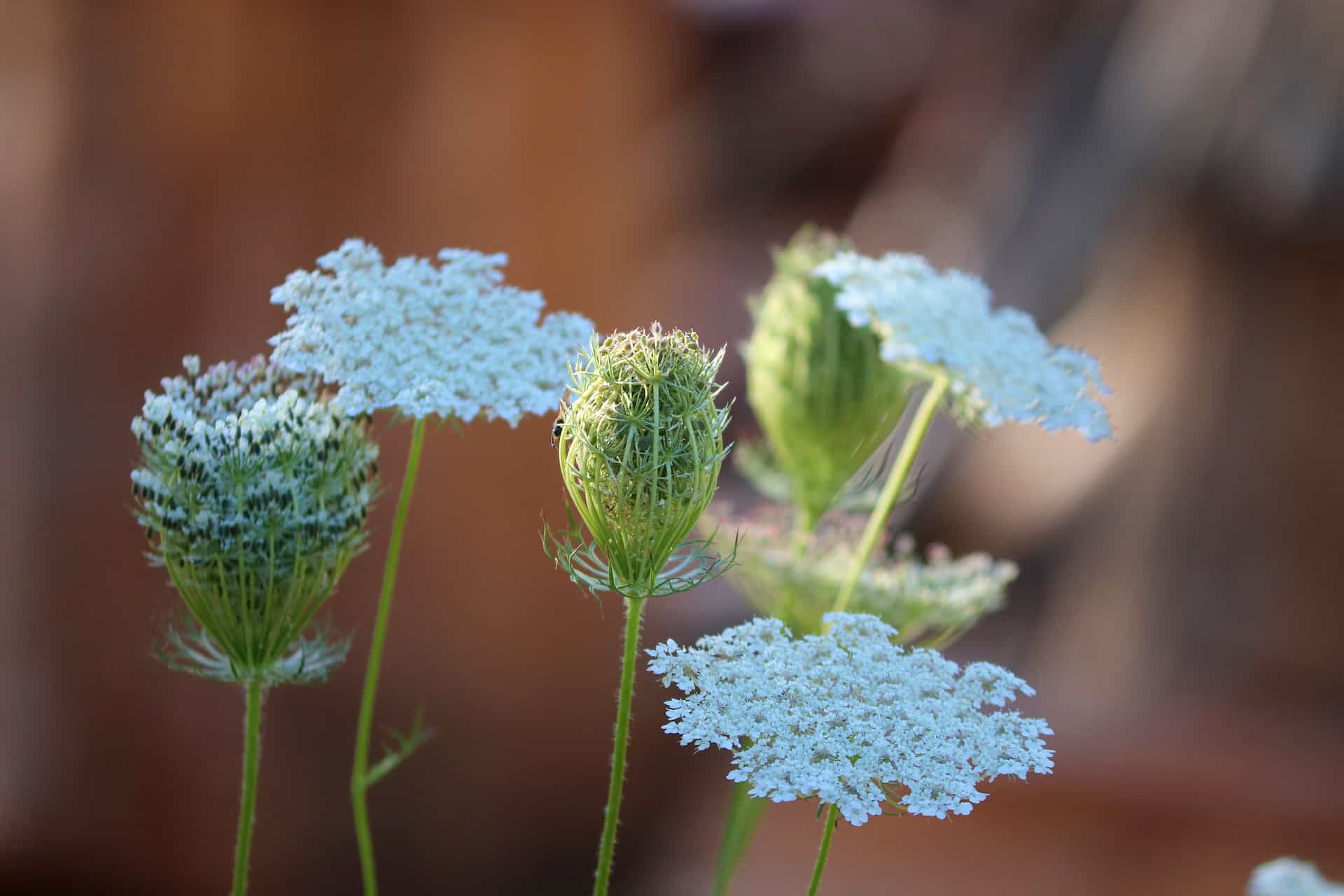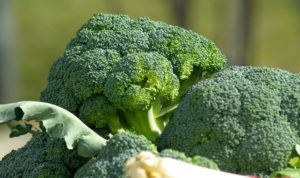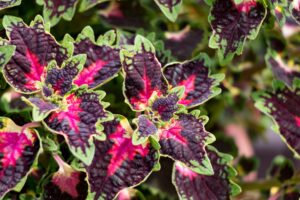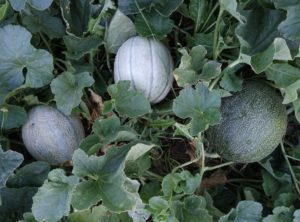Queen Anne’s Lace (Ammi Majus) is a beautiful flowering plant that’s closely related to the common carrot. This heirloom flower produces large pure white blossoms that will brighten up any garden with minimal care and maintenance.
If you’re interested in learning how to grow Queen Anne’s Lace continue reading this Queen Anne’s Lace growing guide for more information.
Best Queen Anne’s Lace Varieties
| Image | Name | Rating | Shop |
|---|---|---|---|
 | Bulk Bishop’s Flower Seeds Ammi majus | ||
 | David’s Garden Seeds Flower Ammi White Open Pollinated Seeds | ||
 | David’s Garden Ammi Dara Seeds |
Queen Anne’s Lace Care
Sun: Full Sun
Height: 36 to 48 inches
Spread: 14 to 16 inches
Life Cycle: Annual
Water Requirements: Minimal
Plant Outdoors: Late April
Plant Indoors: March
Queen Anne’s Lace Annual or Perennial
Queen Anne’s Lace is an annual flower that can be planted in USDA hardiness zones 3-9. In most cases, the plants will die back in winter, or after the first frost in your area.
Queen Anne’s Lace is a prolific self-seeder, so you can expect plenty of Queen Anne’s Lace volunteers to show up once you plant them in your garden.
Queen Anne’s Lace Sun or Shade
Queen Anne’s Lace needs to be planted in full sun, but they can also tolerate partial shade as long as they get 6 to 8-hours of direct sun exposure.
Starting Queen Anne’s Lace Indoors
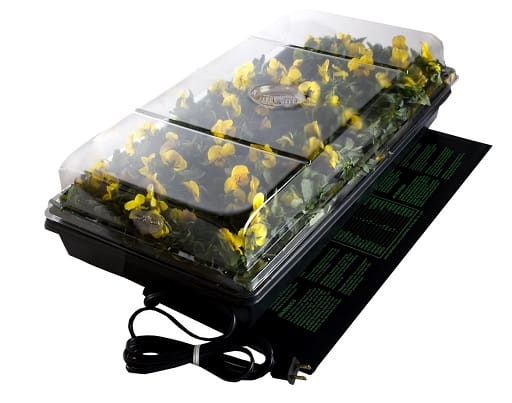
It’s usually not a good idea to start Queen Anne’s Lace indoors since it can be hard to transplant without damaging its delicate root system.
However, if you live in an area with a short growing season you can start Queen Anne’s Lace seeds indoors in a heated seed-starting tray two weeks before the last frost in your area.
You want to use a loose potting soil mix that has excellent drainage. It’s also important to not plant Ammi Majus seeds too deep to avoid poor germination rates.
Once the seeds are planted keep the soil moist and make sure the tray remains covered until the seeds germinate.
Once the seedlings start to emerge you can move them to a warm sunny window, or you can place them under an LED Grow Light (Buy Online) until the soil thaws out in your area.
Once the seedlings have two full sets of true leaves you can start to slowly harden them off by setting them outside in the sun for a couple of hours a day before carefully transplanting them into your garden.
Starting Queen Anne’s Lace From Seed in a Flower Bed
The best way to grow Queen Anne’s Lace is to directly sow them in a flower bed after the last frost. Then simply cover the seeds with a thin layer of soil, and keep the soil moist until the Queen Anne’s Lace seeds germinate in 7 to 10 days.
Queen Anne’s Lace Plant Spacing
Queen Anne’s Lace seeds are notorious for spotty germination, which means it’s a good idea to sow the seeds closely. Then once the seedlings have germinated you can thin them down until each plant is about 15 to 18-inches apart.
Queen Anne’s Lace Soil Requirements
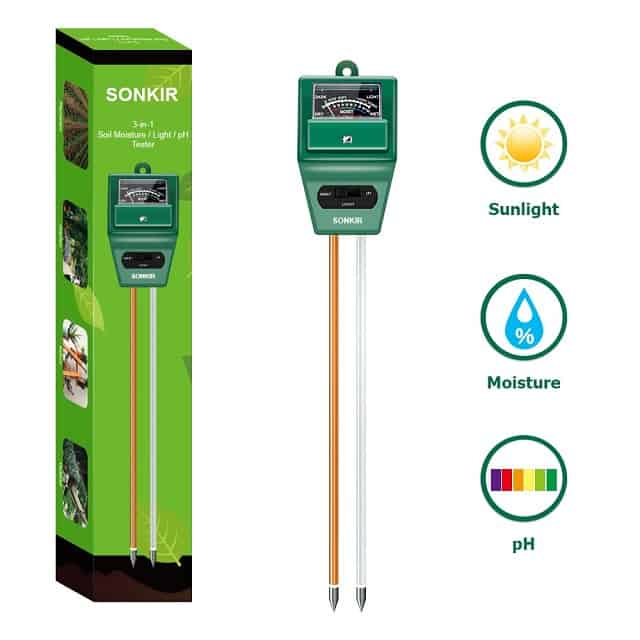
Queen Anne’s Lace will thrive in a wide range of soil conditions, and they will even perform well in nutrient-deficient soils. However, Queen Anne’s Lace prefers to grow in a light loamy soil that’s neutral to slightly acidic (6.5 to 7.0 pH)
Queen Anne’s Lace Water Requirements
Queen Anne’s Lace can tolerate growing in dry conditions, and for the most part, they will get enough water from regular rainfall.
The only time you might need to provide supplemental water to Queen Anne’s Lace is during a heatwave or a prolonged drought.
Queen Anne’s Lace Temperature Requirements
Queen Anne’s Lace grows best once the temperature stays above 60°F (15.5°C), and Queen Anne’s Lace seeds should be sown when the soil temperature reaches 50°F (10°C)
Queen Anne’s Lace Humidity Requirements
Queen Anne’s Lace prefers to grow in areas where there is relatively low humidity, and they experience more fungal diseases at 90% to 100% Relative Humidity.
Queen Anne’s Lace Fertilizer Requirements
Queen Anne’s Lace is a very light feeder, and in most cases, you won’t need to apply any additional fertilizer.
However, if your Queen Anne’s Lace plants are showing signs of slow growth then it might be a good idea to try a half-strength application of a 10-10-10 NPK fertilizer.
Deadheading Queen Anne’s Lace
Queen Anne’s Lace usually won’t produce more flowers if you deadhead the spent blossoms. However, removing the dead flowers will help stop Queen Anne’s Lace from dropping seeds, which might be helpful if you want to keep Queen Anne’s Lace from taking over your flower garden.
Queen Anne’s Lace Pests

Queen Anne’s Lace is a very hardy plant and it’s rarely bothered by insects. In some cases, it can fall prey to insects that feed on carrots like Caterpillars, Leaf miners, and Weevils
Insecticidal powders or sprays can be used to treat any infested plants. You can also use organic insecticides, or you can release beneficial insects to naturally control an insect infestation.
Queen Anne’s Lace Diseases
Queen Anne’s Lace is rarely affected by diseases, but in humid climates, it can be susceptible to fungus or powdery mildew.


